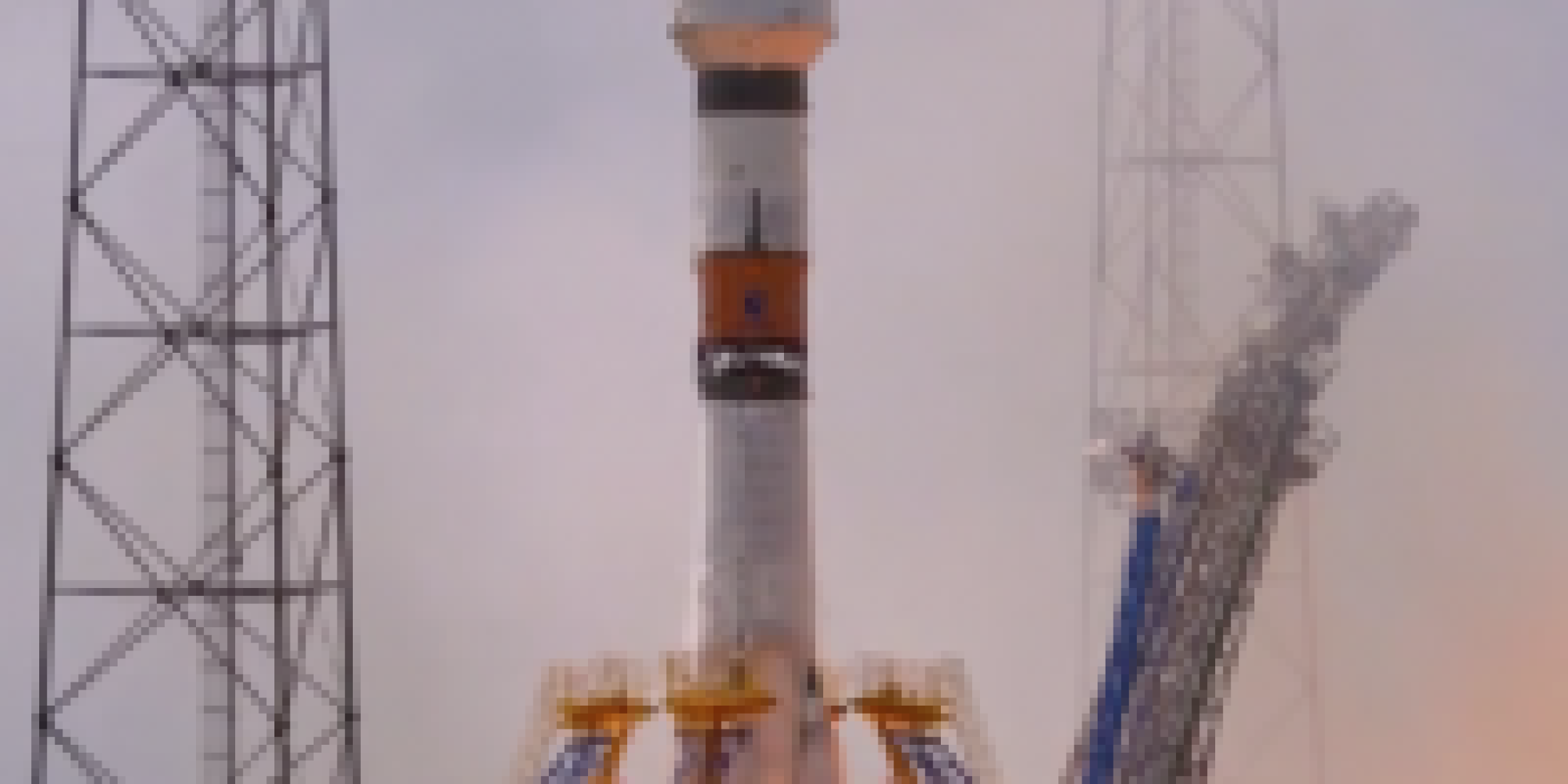Thursday 4 April, Soyuz accomplished a flawless launch from the Guiana Space Centre (CSG), Europe’s spaceport in Kourou, placing four new O3b satellites into medium Earth orbit (MEO) for global operator SES Networks. Soyuz thus completed its 22nd straight success from the CSG since 2011.
With a total launch mass of 2,800 kilograms (700 kilograms each), the four telecommunications and Internet satellites, built by prime contractor Thales Alenia Space and with an expected service life of 10 years, joined the constellation of O3b MEO satellites orbiting at 8,000 kilometres from Earth and serving almost 50 countries.
The four new satellites will improve connectivity, increase performance and serve to seamlessly scale the existing O3b constellation. By increasing the size of the constellation from 16 to 20 satellites, SES Networks will offer enhanced coverage while providing greater service availability and reliability to cater for the increasing demand for bandwidth from government customers and in the telecommunications, cloud computing, maritime and energy markets.
On the occasion of this launch, https://fscience-old.originis.fr/wp-content/uploads/2023/06/GLOC_Oslo_Norway_S2_27juillet2022_web-2-1.jpg President Jean-Yves Le Gall commented: “This 22nd success for Soyuz from the Guiana Space Centre is a great source of satisfaction for all of the teams involved. It not only confirms Soyuz’s ability to launch multiple satellites, but also that Europe’s range of launchers is geared to the requirements of the global market. I would like to most warmly congratulate all of our partners at SES, Thales Alenia Space, ESA, Arianespace, Starsem and European and Russian manufacturers, and of course at https://fscience-old.originis.fr/wp-content/uploads/2023/06/GLOC_Oslo_Norway_S2_27juillet2022_web-2-1.jpg, particularly the teams at the Launch Vehicles Directorate (DLA) and the CSG who developed and operate the Soyuz launch system there.”








